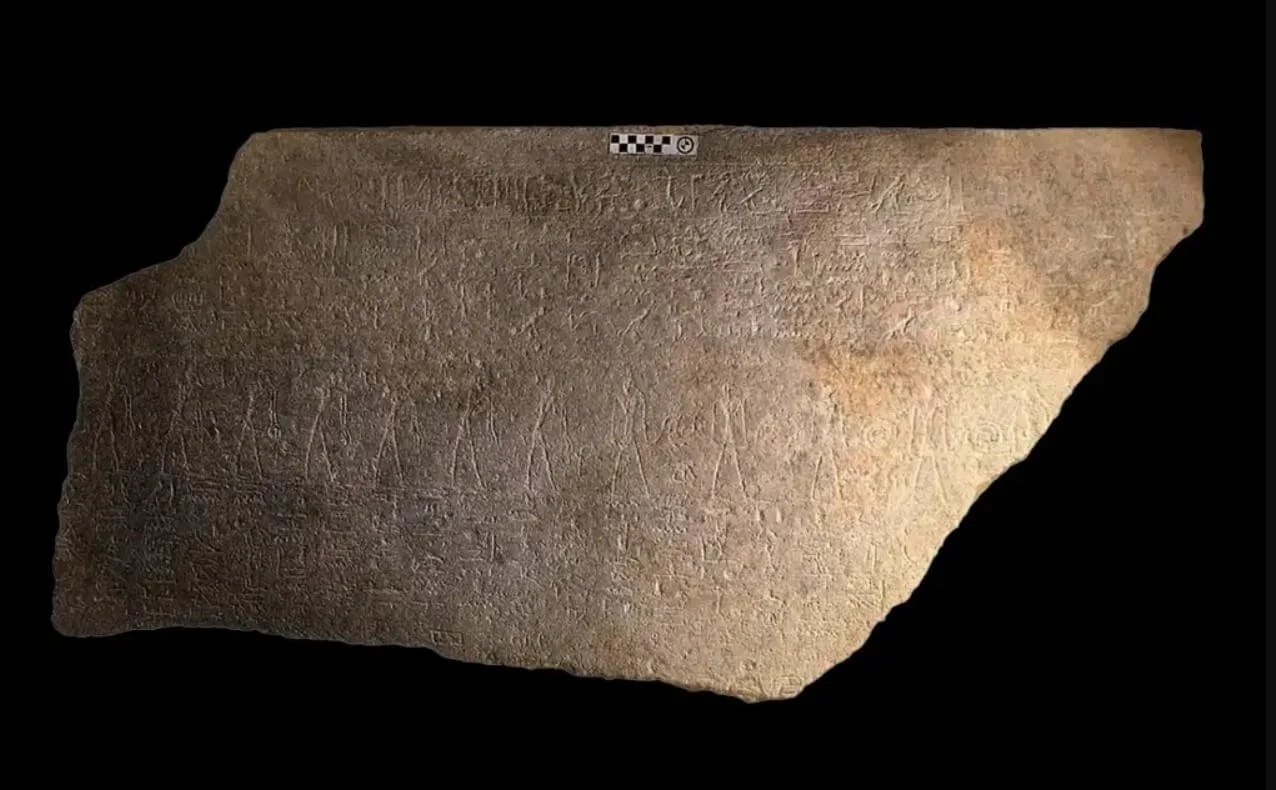The identification of the original sarcophagus of Ramesses II by an archaeologist at the Sorbonne University marks a significant breakthrough in Egyptology. This discovery, made during recent excavations, offers unprecedented insights into the burial practices and material culture of the New Kingdom period. This paper outlines the methods used to identify the sarcophagus, its historical context, and the implications for our understanding of Ramesses II's reign.
Ramesses II, also known as Ramesses the Great, ruled Egypt during the 19th Dynasty and is one of the most celebrated pharaohs in ancient Egyptian history. His reign, characterized by extensive building projects and military campaigns, left a lasting legacy. However, the original resting place of his sarcophagus had remained elusive until now.
Discovery and Identification
During an excavation in the Valley of the Kings, archaeologists uncovered a well-preserved sarcophagus that has been identified as the original burial container for Ramesses II. Advanced imaging techniques and material analysis were employed to confirm its authenticity. Hieroglyphic inscriptions and iconographic elements unique to Ramesses II's time were crucial in the identification process.
Historical Context
The sarcophagus dates back to approximately 1279–1213 BCE, coinciding with Ramesses II's reign. Its elaborate design reflects the artistic and religious conventions of the period. The inscriptions include references to deities such as Ra and Osiris, highlighting the pharaoh's divine association and the funerary beliefs of ancient Egypt.
Implications for Egyptology
This discovery sheds light on the burial practices of the New Kingdom, particularly the efforts to protect the remains of significant rulers. It also offers insights into the craftsmanship and resources dedicated to royal burials. The findings provide a deeper understanding of the political and religious landscape of Ramesses II's Egypt.
The identification of Ramesses II's original sarcophagus is a landmark achievement in archaeological research. It not only enhances our knowledge of one of Egypt's greatest pharaohs but also enriches our understanding of ancient Egyptian civilization. Future research will focus on further analysis of the sarcophagus and its context within the broader landscape of New Kingdom mortuary practices.







